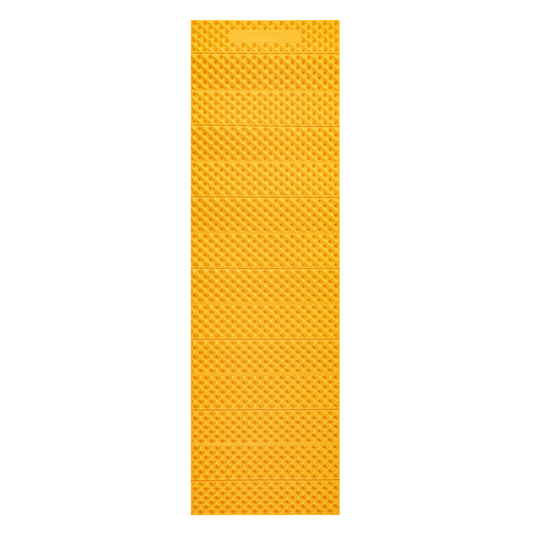If you’ve researched outdoor gear or technical clothing, you’ve likely encountered the term “denier.” Simply put, denier refers to the thickness of an individual thread or filament in fabric and textiles. However, it’s not just a measurement of thickness—it’s actually a unit of weight.

Understanding Denier as a Weight Measurement
Denier is defined as the mass in grams per 9,000 meters of a fiber. For example, a single 9,000-meter strand of silk weighs about one gram, which means it’s classified as “1 denier” (1d). In comparison, human hair is around 20 denier, which provides a reference for understanding the relative thickness of fabrics. Sheer, lightweight fabrics typically have a denier rating of 20 or lower.
How Denier Affects Fabric Characteristics
Fabrics with a higher denier count are thicker and more durable, while lower-denier fabrics are lighter and more transparent. For example, materials with a denier rating between 20d and 75d strike a balance between lightweight and durable, making them ideal for outdoor gear. On the other hand, fabrics rated between 7d and 20d are considered ultralight and are often used in tents, sleeping pads, and jackets designed for weight-conscious backpackers.
However, a higher denier count doesn’t always mean the fabric is stronger. The overall strength of a fabric depends on several factors, including its weave, material composition, and any treatments applied during production. Ripstop fabrics, which feature a grid pattern, add tensile strength by preventing tears from spreading—especially useful in high-stress situations.
Why Denier Matters in Gear Selection
When selecting outdoor gear or clothing, it’s important to consider denier based on your intended use. Lower-denier fabrics may appeal to those looking for ultralight options, but they might not withstand high-abrasion activities. For example, heavy-duty gear such as backpacks and duffel bags usually feature denier ratings of 100d or higher for durability. Standard weight fabrics, ranging from 40d to 80d, are commonly found in jackets, ponchos, and tents, providing a balance between durability and weight.
For technical pieces, like ultralight tents or jackets, fabrics often fall between 10d and 20d, offering minimal weight without sacrificing too much strength. Understanding these differences can help you make informed decisions when choosing gear based on your adventure needs.
In short, denier is a crucial factor when choosing fabric—helping you decide between lightweight convenience or the durability needed for tougher environments.
(Photo: Snews)





